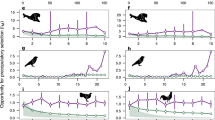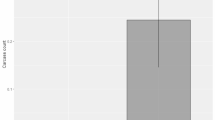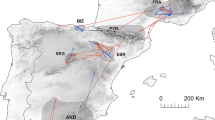Abstract
THE recent controversy in your columns with regard to the non-inheritance of acquired characters opens up the question whether the principle of natural selection operates universally in the animal kingdom, or whether we must involve other causes to supplement it. In Dr. Hurst's letter of August 17 (p. 368) is a sentence which seems to embody what has generally been understood as Darwinism: “If anything has ever been rendered certain in biology by prolonged experiment and observation, it is the fact that specific characters are maintained constant by selection, and that alone.” But how does this agree with Dr. Wallace's theory of accessory plumes? This theory he himself thus expresses (“Darwinism,” p. 293): “The fact that they have been developed to such an extent in a few species is an indication of such perfect adaptation to the conditions of existence, such complete success in the battle for life, that there is in the adult male, at all events, a surplus of strength, vitality, and growth-power which is able to expand itself in this way without injury.” Here we have two entirely different views of what is meant by the struggle for existence. According to Dr. Hurst it is incessant; let its operation cease, and the characters of the species become speedily obliterated. According to Dr. Wallace a victorious species may leave the arena, and rest upon its laurels. But if natural selection ceases to work in this field, why not in others? The colours, it is true, may be due merely to waste products turned to account, but the annual growth of the peacock's plumes—often nearly five feet in length—must require a great expenditure of vital force.
This is a preview of subscription content, access via your institution
Access options
Subscribe to this journal
Receive 51 print issues and online access
$199.00 per year
only $3.90 per issue
Buy this article
- Purchase on SpringerLink
- Instant access to full article PDF
Prices may be subject to local taxes which are calculated during checkout
Similar content being viewed by others
Author information
Authors and Affiliations
Rights and permissions
About this article
Cite this article
HEADLEY, F. Sexual Colouration of Birds. Nature 48, 413 (1893). https://doi.org/10.1038/048413b0
Issue date:
DOI: https://doi.org/10.1038/048413b0



